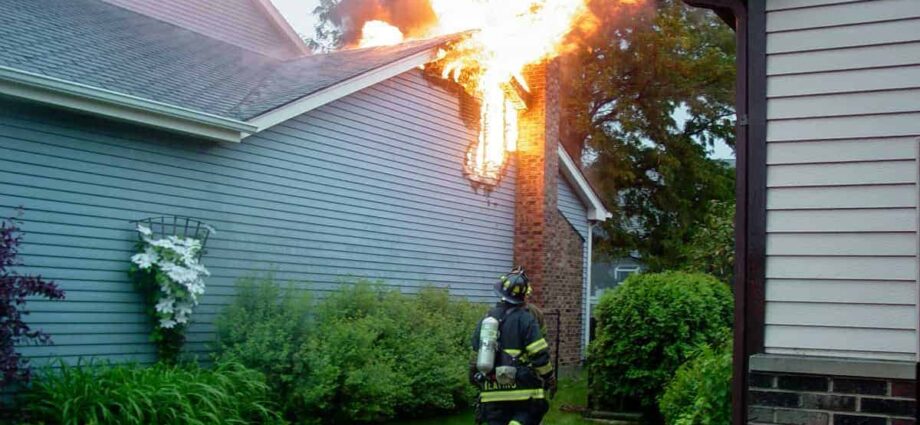Experiencing a fire incident can be devastating, both emotionally and physically. After the fire is extinguished, dealing with the aftermath becomes a priority. Cleaning up after a fire requires a systematic approach to ensure safety, mitigate further damage, and restore the affected area to its pre-fire condition. In this article, we will provide you with a comprehensive guide on cleaning after fire, including essential steps and best practices to help you navigate this challenging task effectively.
Ensure Safety First:
Before you begin the cleaning process, prioritize your safety and that of others. Make sure the property is structurally safe to enter, and wear appropriate personal protective equipment (PPE) such as gloves, goggles, masks, and protective clothing to prevent exposure to soot, ash, and potential contaminants.
Contact Professionals:
It’s crucial to consult with professional fire damage restoration companies. They possess the necessary expertise, equipment, and experience to handle the cleanup effectively. Their knowledge can help you identify hidden damages and develop a comprehensive restoration plan.
Assess the Damage:
Conduct a thorough assessment of the damage caused by the fire. Take photographs or videos of the affected areas to document the extent of the destruction. This documentation can be valuable for insurance purposes.
Ventilate the Space:
Open windows and doors to improve ventilation and reduce the presence of smoke odor. Place fans strategically to promote air circulation and use dehumidifiers to control moisture levels, preventing mold growth.
Remove Debris:
Begin by removing debris, charred materials, and unsalvageable items from the affected area. Be cautious while handling damaged objects, as they may be unstable or hazardous. Dispose of the debris properly, following local regulations and guidelines.
Soot and Smoke Residue Cleanup:
Soot and smoke residues are common after a fire and can be challenging to clean. Start by vacuuming loose soot particles with a vacuum cleaner equipped with a high-efficiency particulate air (HEPA) filter. Avoid using standard household vacuums, as they may spread the soot further. For cleaning surfaces, use dry cleaning sponges or specialized chemical sponges to gently remove residue. Consider professional assistance for thorough cleaning.
Address Water Damage:
Water damage often accompanies firefighting efforts. Promptly address any water damage to prevent secondary issues like mold growth. Extract standing water using pumps or wet/dry vacuums and use dehumidifiers and fans to dry out affected areas.
Sanitization and Disinfection:
Sanitize and disinfect all salvageable items and surfaces to remove bacteria, fungi, and potential contaminants. Use appropriate cleaning agents recommended by professionals to ensure effective disinfection. Pay extra attention to areas that were directly exposed to smoke and fire.
Air Duct and HVAC Cleaning:
Smoke and soot particles can infiltrate the HVAC system, leading to lingering odors and health hazards. Hire professionals to clean and inspect your air ducts, furnace, and HVAC units to eliminate contaminants and ensure proper functioning.
Restoration and Renovation:
Once the cleaning process is complete, evaluate the need for restoration and renovation. Work with professionals to repair structural damages, replace damaged materials, and restore the property to its pre-fire condition. Take this opportunity to enhance fire safety measures for future prevention.
Conclusion:
Cleaning after a fire is a challenging and time-consuming process, requiring careful attention to detail and adherence to safety protocols. By following the essential steps and best practices outlined in this guide, you can ensure a thorough and effective cleanup. Remember to consult with professionals, prioritize safety, and document the damage for insurance purposes. With perseverance and professional assistance, you can overcome the aftermath of a fire and restore

